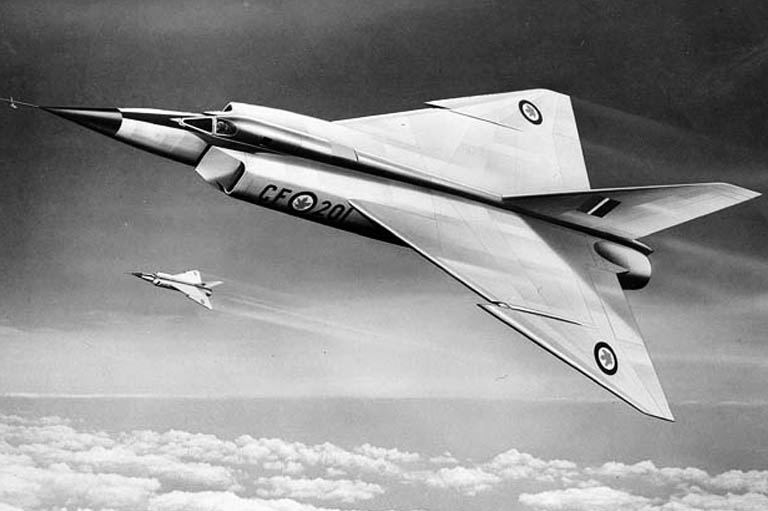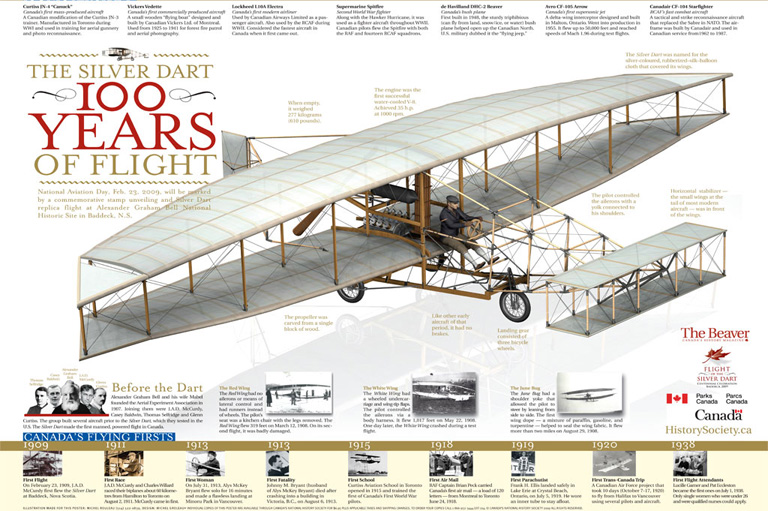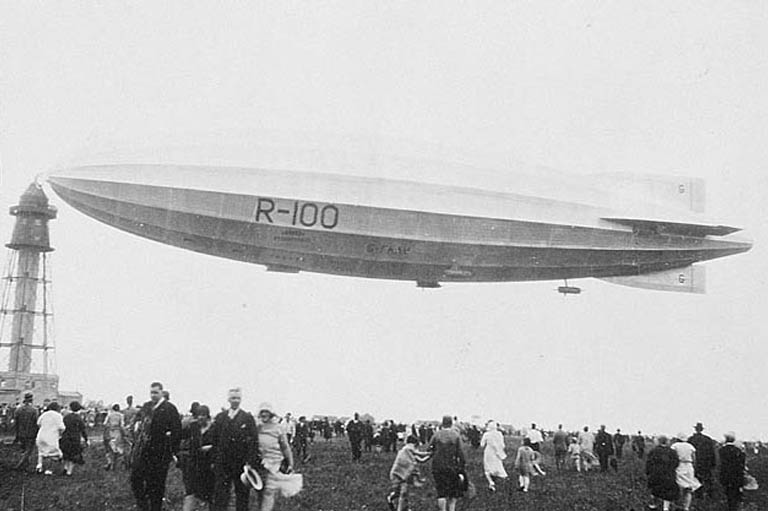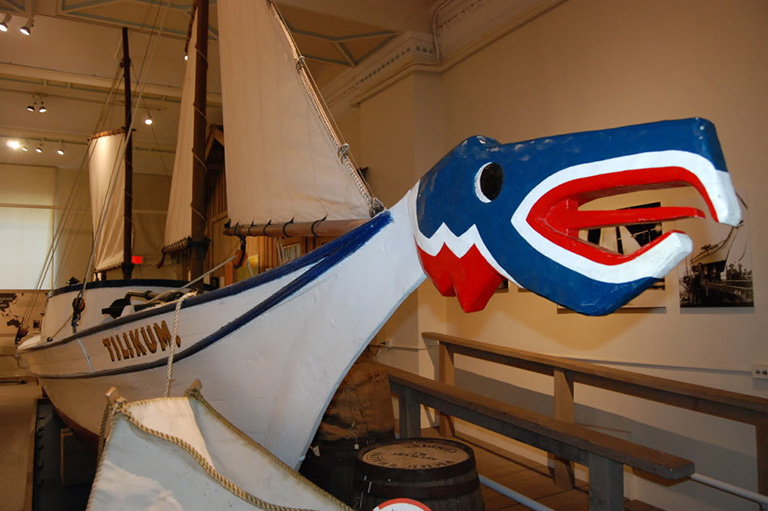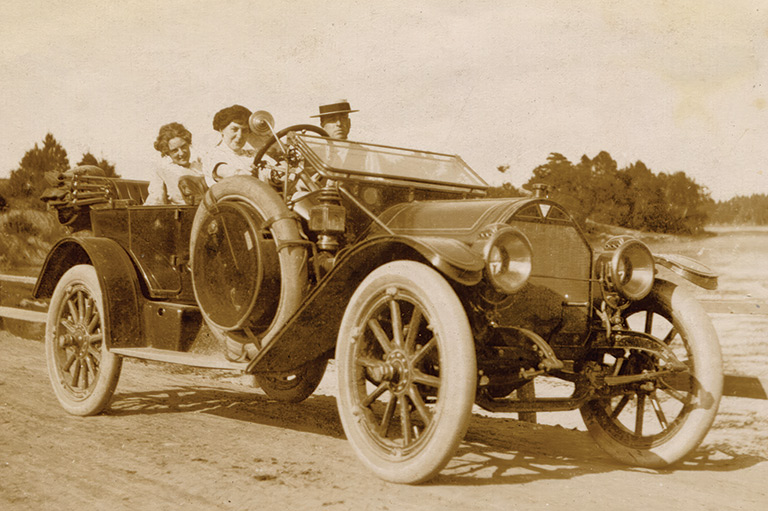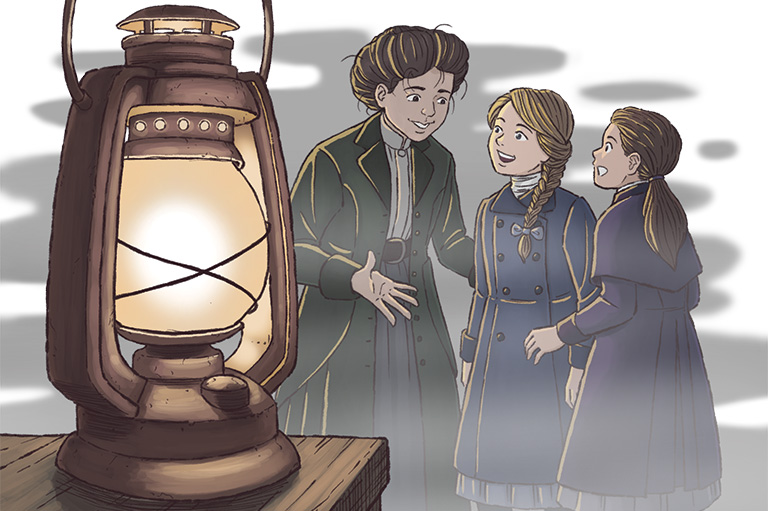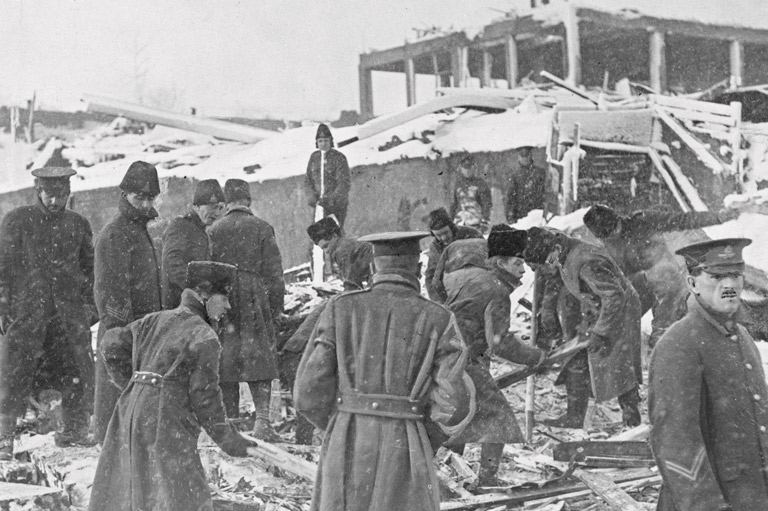Joining the Jet Age
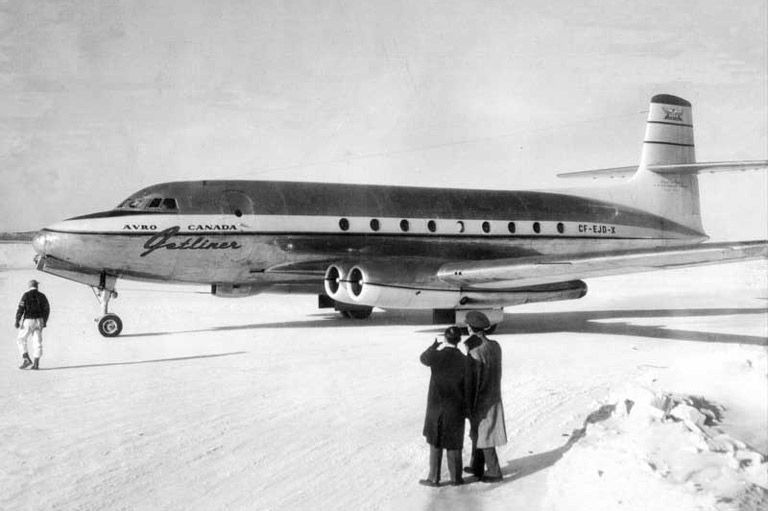
Trans-Canada Airlines (TCA), the forerunner of Air Canada, was created by an act of Parliament on April 10, 1937. Just five years later, my grandfather Robert (Bert) Blair joined the fledgling carrier as a cargo station attendant at Winnipeg Airport.
One of the highlights of his thirty-four-year career was to witness the arrival of the Avro Canada Jetliner when it visited Winnipeg on January 12, 1951. Grandpa Bert is the tall guy with the hat in the foreground to the right.
The Avro Jetliner first flew on August 10, 1949, becoming the first passenger jet to fly in North America and only the second in the world, just two weeks after the British de Havilland Comet. Avro had designed the Jetliner to TCA’s specifications, but the airline later decided against taking the risk of being the first North American carrier to operate jets.
Despite an imminent order from Miami-based National Airlines and strong interest from aviation magnate Howard Hughes, federal Minister of Trade and Commerce C.D. Howe ordered Avro to abandon the Jetliner and to concentrate its resources on producing the CF-100 fighter, ostensibly for the Korean War.
The Jetliner made its final flight on November 23, 1956, and was scrapped shortly thereafter in a manner that foreshadowed the fate of a more famous Avro aircraft, the Avro Arrow fighter jet.
Grandpa Bert ended his career with Air Canada as a ramp supervisor in 1976. Today, all that remains of the Jetliner is the nose, which is displayed at the Canadian Aviation Museum in Ottawa.
Themes associated with this article
Advertisement

